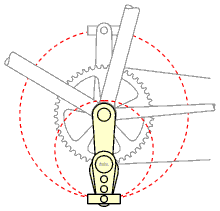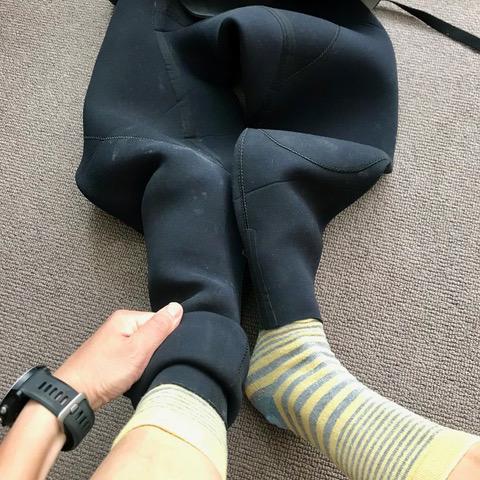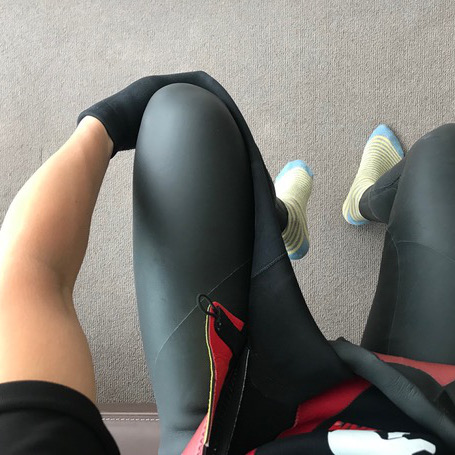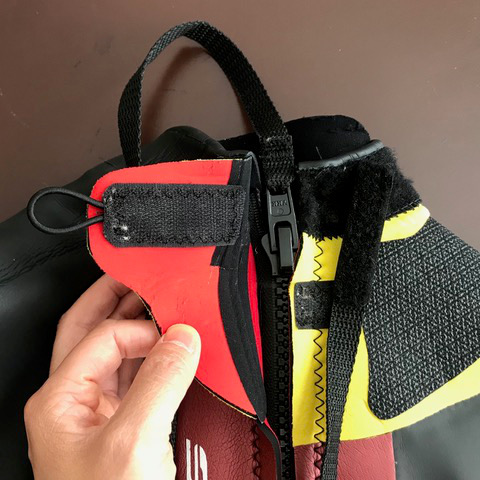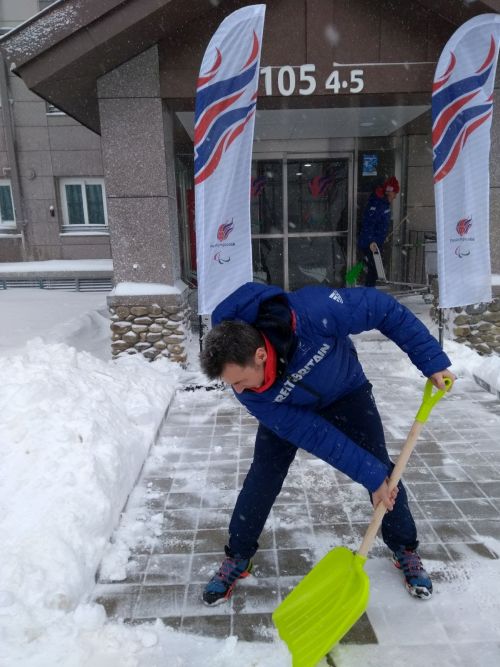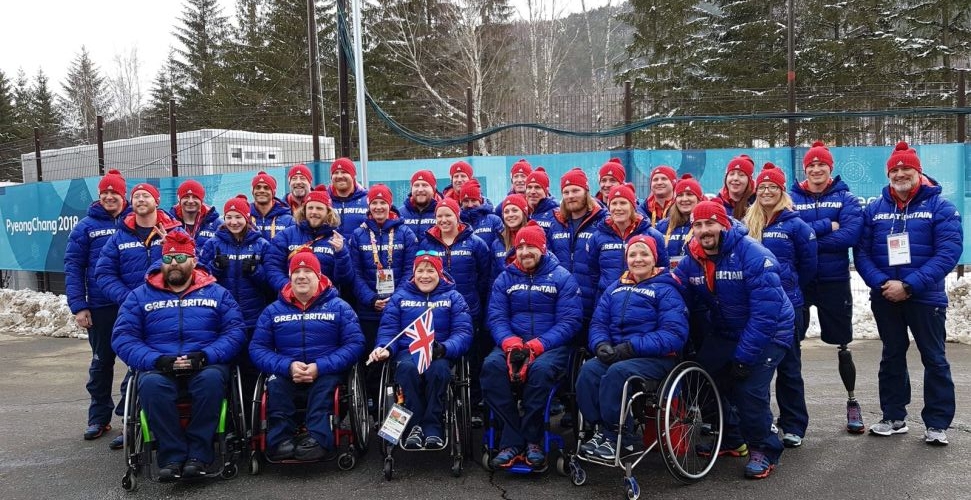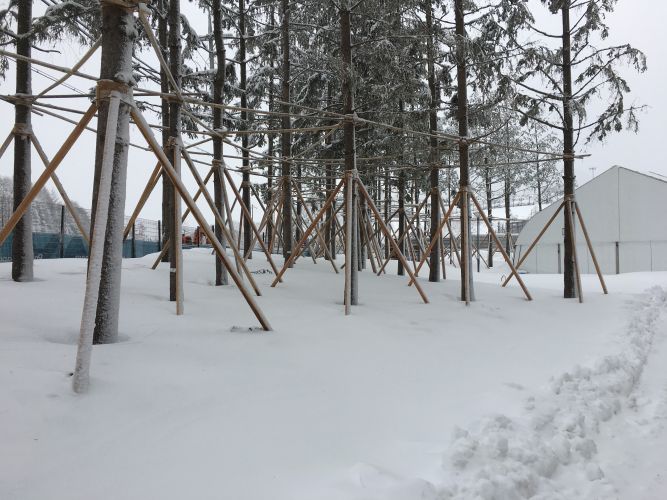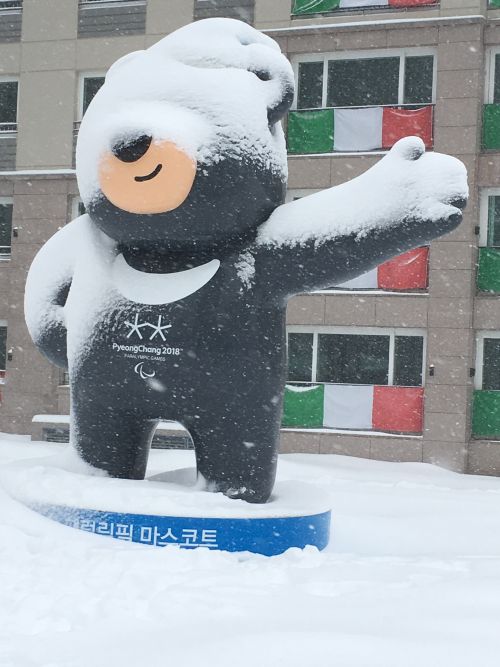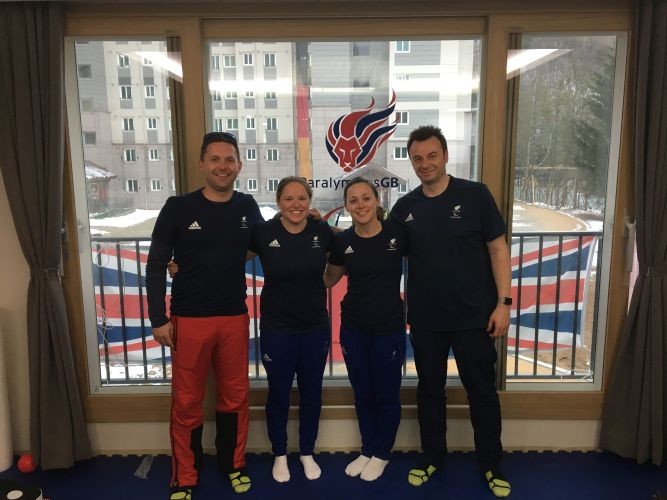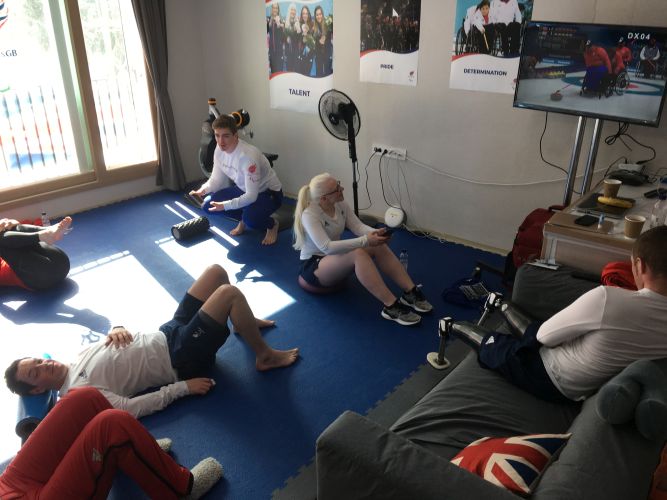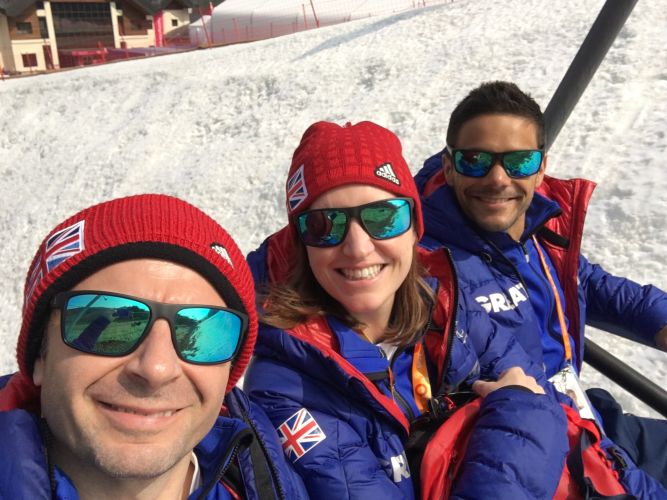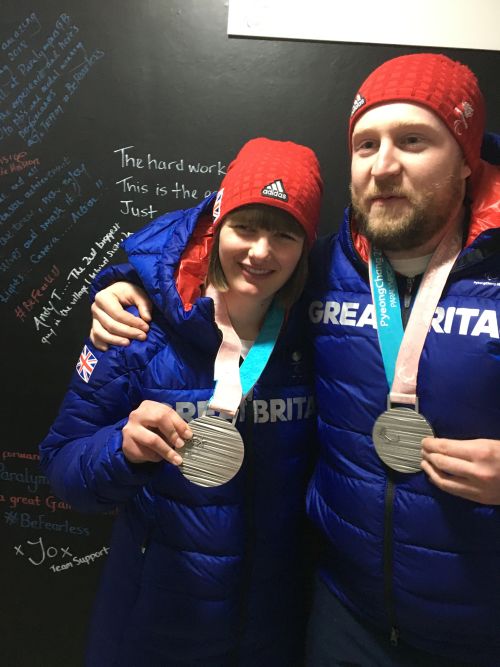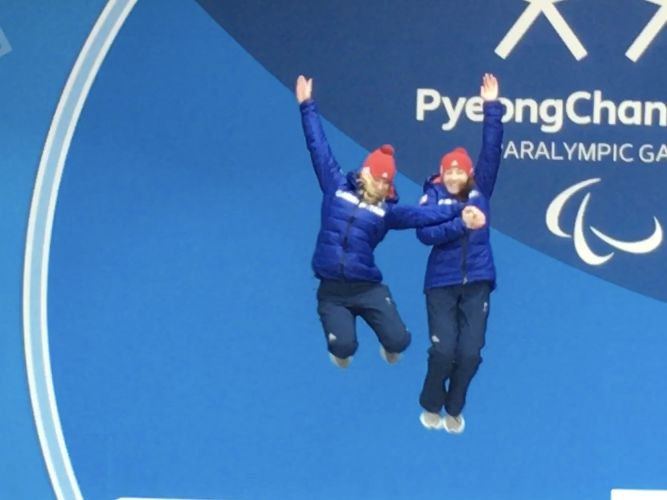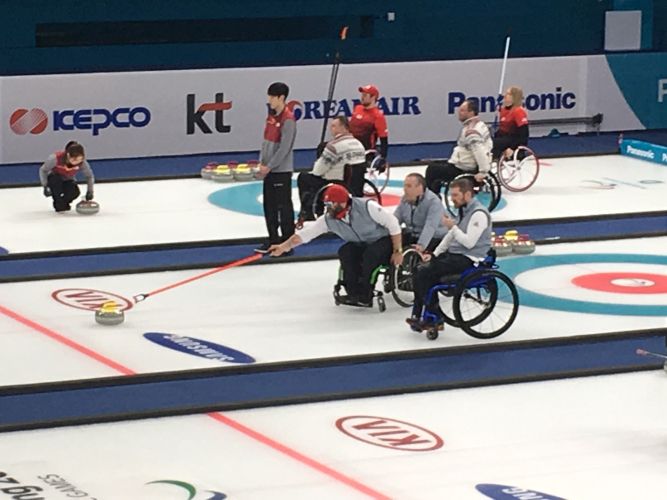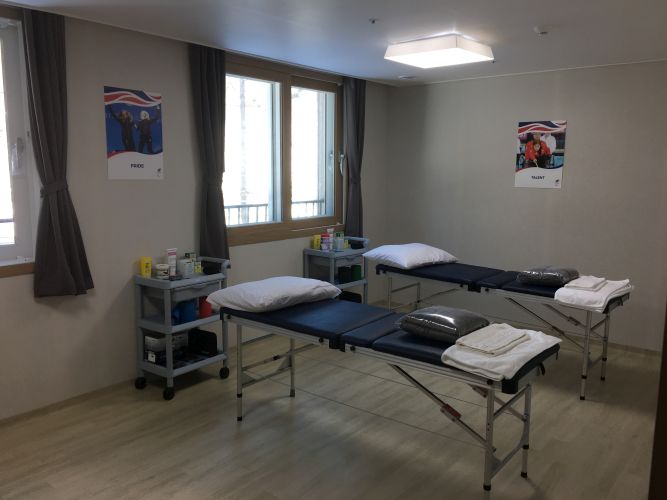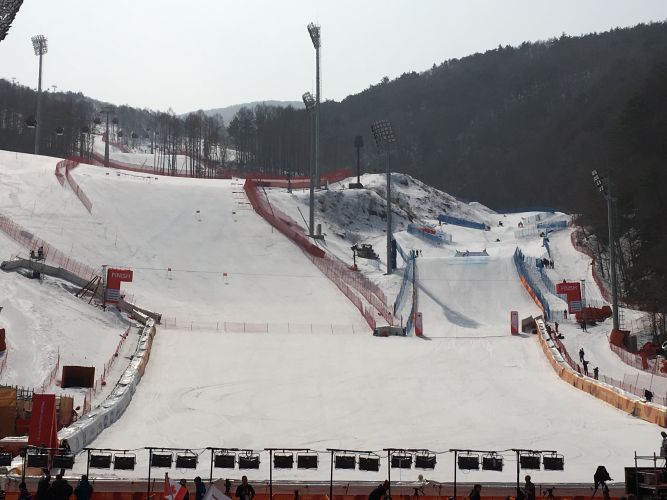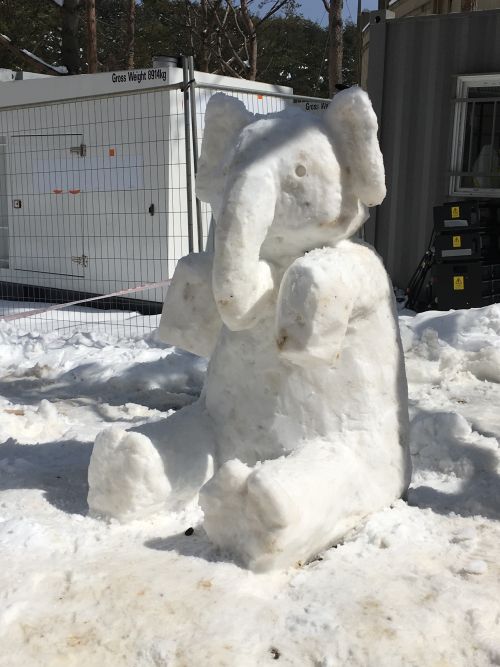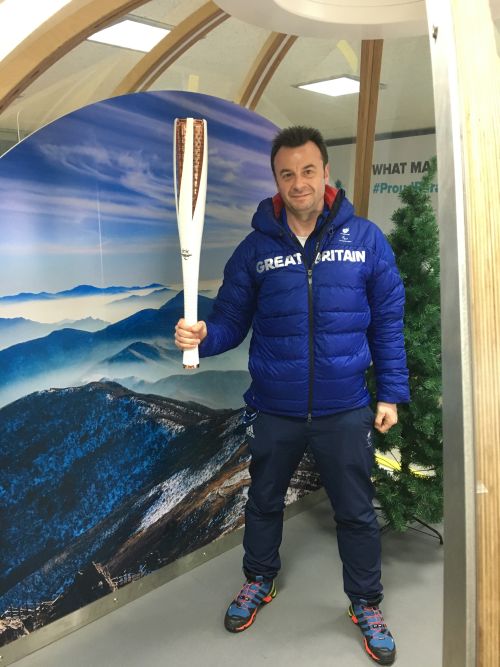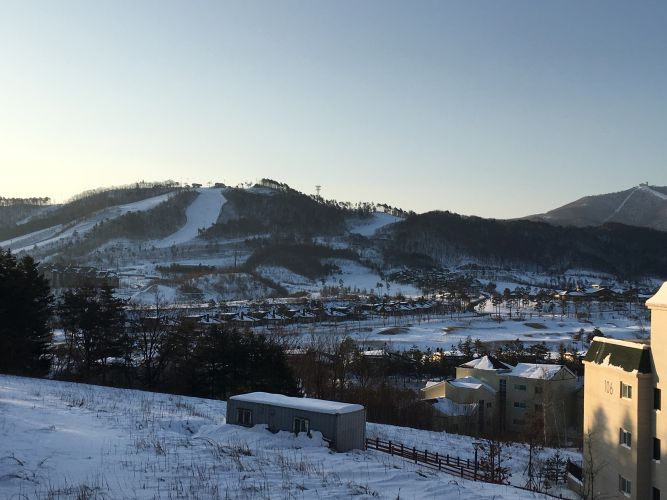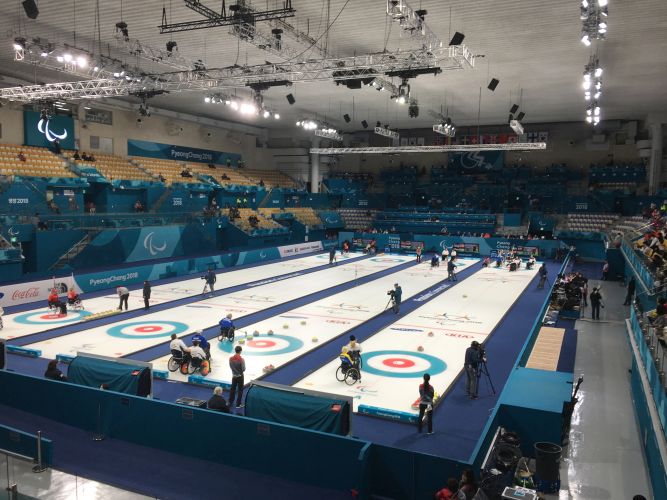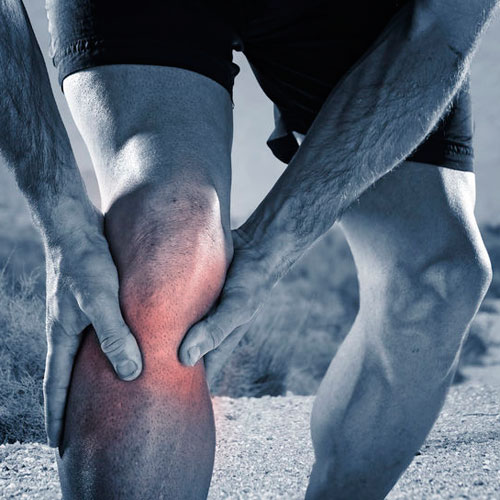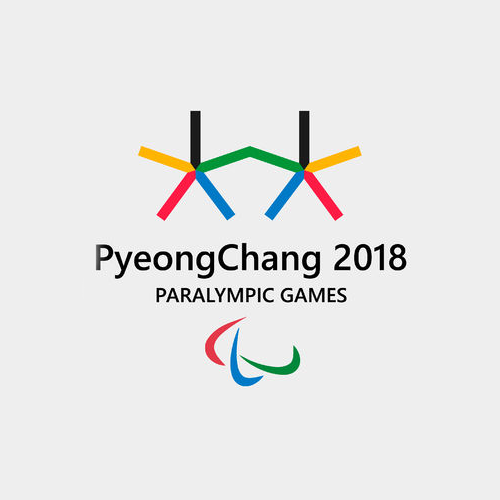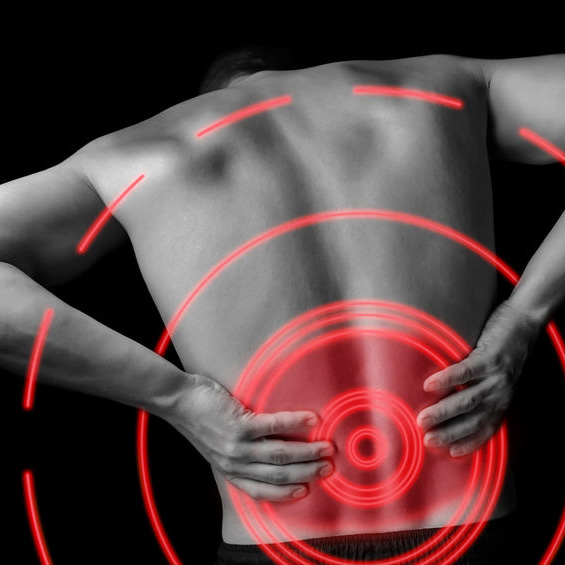Avoiding skiing-related knee injuries
Many of us will be getting ready to go on our skiing trips within the next few weeks or months and enjoyable as this will be, unfortunately can cause injuries. Skiing does not affect only one anatomical area and injuries can occur to the head, shoulder, wrist, thumb and of course the knee. The knee is the most commonly injured body part in skiing with the evidence indicating 42% in some studies. Further to this, the ACL (Anterior Cruciate Ligament) is the highest injury observed within the knee occurring in all ages, genders and technical levels.
Injuring the ACL
The ACL is one of the knees biggest stabilisers and injury normally occurs from a fall, either forward and with a twist or falling backward. Normally the knee will rotate internally causing knee valgus (knee caves inwards towards your mid line). It is not uncommon to injure the meniscus and the medial collateral ligament (MCL) at the same time as the ACL - this is known as the unhappy triad. Interestingly it has been seen that a lack of fitness is one of the most contributing factors indicating that physical preparation can assist in injury prevention measures.
Exercise Intervention
When we land on one leg the hip muscles help to prevent the knee joints rolling inward (knee valgus) while the quadriceps help reduce forces on the knee joint helping deccelerate the body. The hamstring and calf muscles also work to help reduce knee joint forces, stabilising the pelvis and knee and ankle.
Undergoing a basic injury prevention exercise plan can significantly help in not just reducing injury but also improving your skiing consistency as you can improve, muscular strength, endurance, anaerobic fitness, stability, agility and flexibility.
Muscular strength
Recreational skiing is associated with the high muscular use of the quadriceps, hamstrings, gluteal and calf muscles. Evidence has shown that prolonged skiing causes increased eccentric fatigue of the quadriceps and hamstrings that may contribute to injury. To help reduce this lower body exercise such as squats, lunges and single leg squats are all beneficial in improving your lower limb strength and stability.
Neuromuscular/Proprioceptive training
Undergoing some sports specific training, particularly neuromuscular or proprioceptive training, can be beneficial in helping to reduce technical mistakes while skiing. These are training methods that can involve jumping, landing or pivoting or balance work that can help stabilise your knee and leg. These can be undertaken by using a variety of equipment such as the Bosu, inflatable discs, foam pads, wobble boards and jump mats. Improved joint awareness and ability to stabilise can help in skiing performance and injury prevention.
Mobility/Flexibility
A reduction in flexibility of muscle groups and poor joint mobility can cause increase loading on joints and other tissues due to limitations in our movements. For example, tight calf muscles will reduce the ability to squat without lifting the heels. This may cause knee valgus that can then put higher forces into the knee joint. Maintaining good flexibility of the lower limb muscles can help you move more efficiently and improve muscular activation and proprioception.
How physiotherapists can help
We can perform a musculoskeletal screening to help to find your imbalances, biomechanical dysfunctions and then implement a plan to help address these aiding to your injury prevention and performance.
To book an appointment with Stuart or our other physios call us on 02030 12 12 22.
Words by Stuart Mailer.










